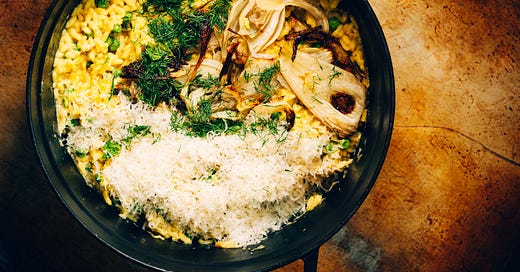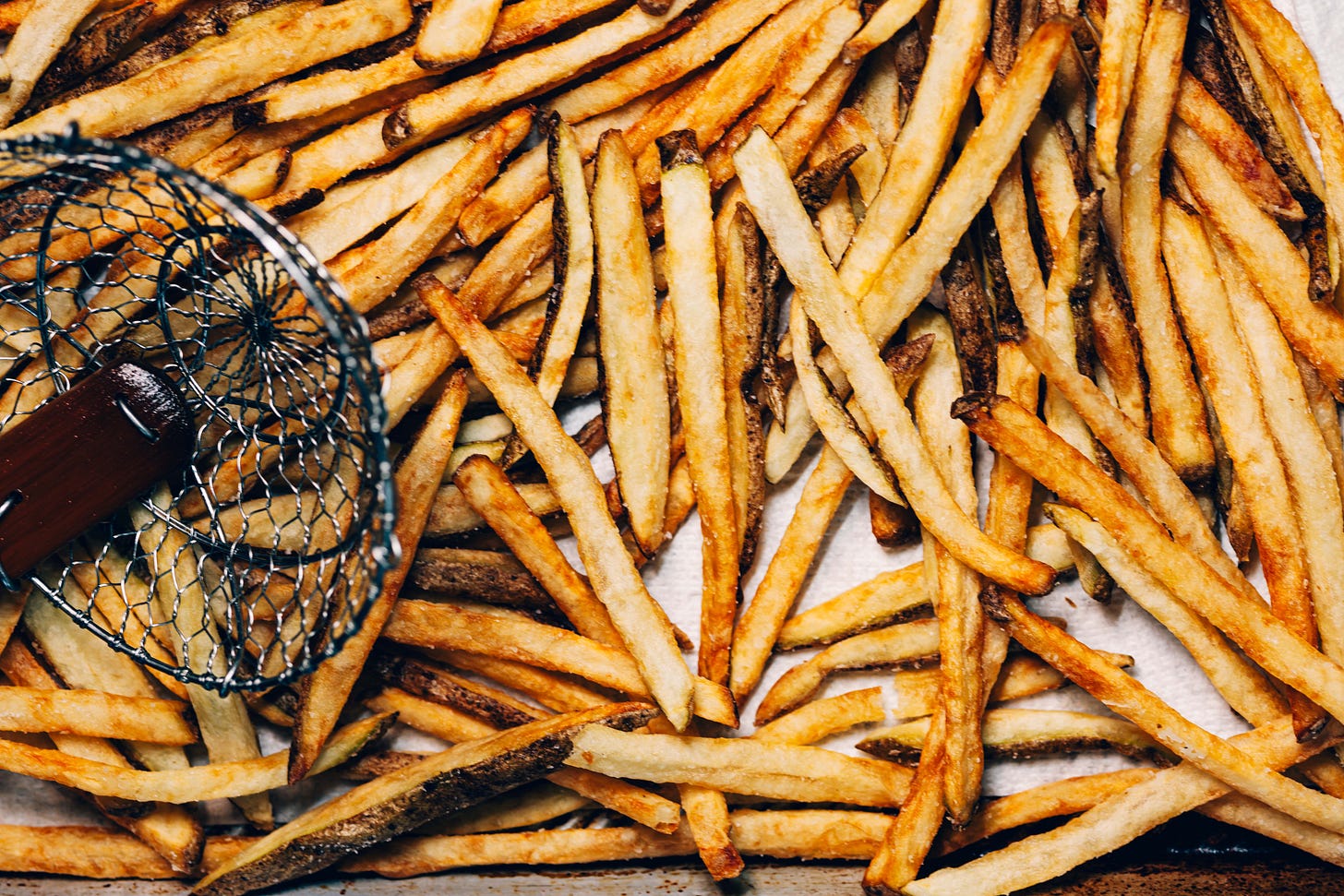Welcome to The Flavor Files, where I share my love for cooking and food science. All my recipes can be found at Nik Sharma Cooks.
My latest cookbook, Veg-Table, is available here.
Dear Friends,
Thank you from the bottom of my heart for your kind messages, thoughtful emails, and generous contributions to the organizations supporting relief efforts here in LA. Your support has comforted me during this challenging time; I'm truly grateful.
The air quality continues to be unpredictable depending on how the winds shift (yes, Paddington now has an N95 mask!), so I haven’t been able to spend as much time in the garden as I’d like. But nature can surprise us, even in the most unexpected moments. Yesterday, while taking out the trash, I noticed that one of the columnar cacti we planted when we first moved in had bloomed for the first time. And this morning, the orchids on the dining table decided to show off tiny flower buds. Finding beauty amidst all of this is strange, but these small signs of life and growth give me hope. We’re expecting some rain this weekend—please send all your good vibes our way!
On a lighter note, let me share one of my guilty pleasures: my trusty tube of chestnut paste. It’s a delightfully versatile treat, but I like to keep things simple. My favorite way to enjoy it is straight from the spoon or paired with crisp apple slices before bed. Earlier this week, I discovered an even better pairing—chestnut paste with freshly made churros, courtesy of some friends who arrived for dinner with a box of cinnamon-sugar goodness. Trust me, it’s a combination worth trying.
Now, let’s talk recipes!
For all my free newsletter subscribers, we’re returning to basics with a recipe for crispy, golden French Fries, a classic everyone loves.
I’m sharing a comforting Risotto recipe featuring saffron, lemon, peas, and caramelized fennel for my paid subscribers. It’s indulgent, vibrant, and exactly what you want to cozy up with. Don’t forget to be generous with the parmesan—it’s a must!
As always, thank you for being here and for being part of this little corner of my world. Your kindness means everything.
With gratitude,
Nik

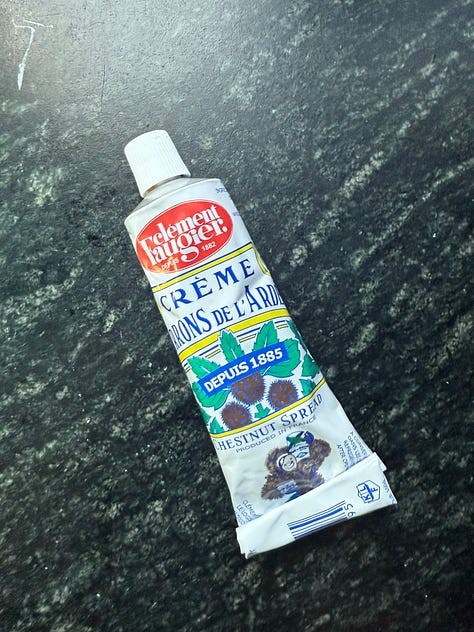

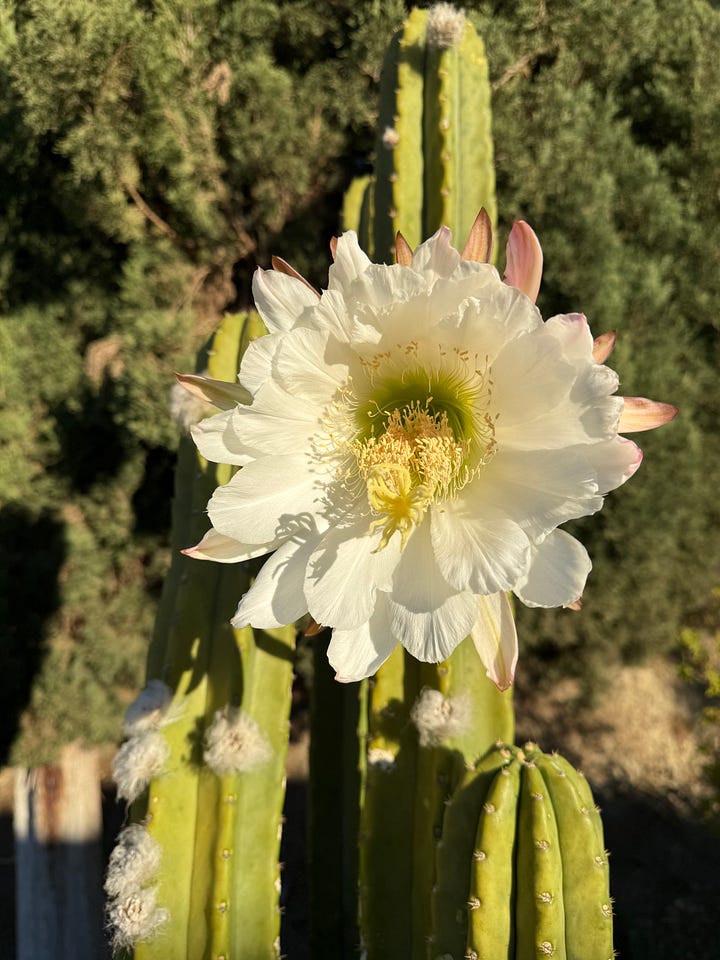
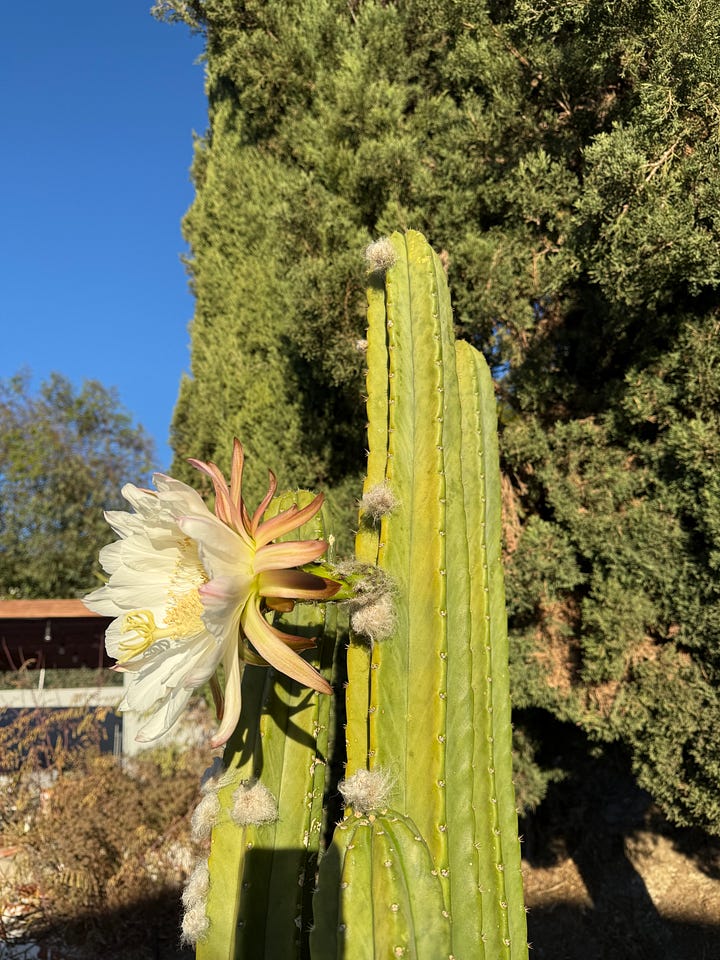
How to Fry a French Fry/Frites
Learning to make frites (French fries) is essential for any home cook. This method is my favorite because it consistently delivers the crispiest texture imaginable. The key lies in partially frying the potatoes, which enhances their crunch and allows you to finish cooking them right before serving. The result? Perfectly golden, crispy fries that are hot and fresh every time you serve them. Plus, this recipe has many opportunities to prep and plan ahead of time.
The Choice of Potato
Choose a starch-dense potato like Idaho or Russets. All-purpose potatoes like Kennebec and Yukon Golds are also good choices. Avoid low-starch potatoes; they will lose water during cooking and create a hollow interior during frying.
The Cooking Oil
Whenever frying, make sure whatever oil you use has a smoke point higher than the temperature you’re cooking, as listed in the recipe. With this recipe, you can use extra-virgin olive oil, rice, peanut, grapeseed oil, canola, ghee, duck fat, tallow, schmaltz, etc., because their smoke points are above 350F[180C].
The Role of Starch
When potatoes are cut, their starch granules are released to the surface. This natural starch is typically rinsed off during the soaking step to prevent the fries from sticking together during cooking. The second starch in play here is cornstarch. After rinsing, soaking, and thoroughly drying the fries, I toss them in cornstarch. This creates a thin white coating that dries quickly and transforms into a crispy, fried crust.
Why not just use the natural potato starch as opposed to cornstarch? The answer lies in gelatinization temperature. Potato and tapioca starches have lower gelatinization temperatures than cornstarch. I tried a batch of fries coated in tapioca starch to test this. At the first frying stage (300F[150C]), the tapioca starch turned into a sticky gel, causing the fries to clump together. When I tried to separate them, they broke. During the second frying stage (350F[180C]), the tapioca-coated fries did crisp up but either stayed in clumps or shattered. The resulting crust was observably thinner compared to the cornstarch-coated fries.
Gelatinzation Temperatures
Potato Starch 133 F to 151 F[56 C to 66C]
Tapioca Starch 140F to 158F [60C to 70C]
Cornstarch 144F to 162F [62C to 72C]
Here’s what’s happening: starches with lower gelatinization temperatures, like tapioca starch, absorb water quickly and gelatinize faster. This rapid gelatinization can create stickiness and thin crusts. In contrast, with its higher gelatinization temperature, cornstarch absorbs water more slowly and forms a thicker, crunchier crust when fried.
In this recipe, cornstarch’s performance is far superior to tapioca or potato starch, delivering fries with the ideal balance of crispiness and crunch.
The Role of Soaking in Water
Soaking the cut potatoes in cold water in the refrigerator for 30 minutes to 16 hours helps the starch granules hydrate and protect them from browning due to the polyphenol oxidase enzyme. Sixteen hours gives you the advantage of prepping the potatoes a day before you fry them. I performed one separate experiment where I left the potatoes in water for 24 hours; the potatoes started to overhydrate, bend, and curve out as their cells expanded. It didn’t affect taste or texture but changed the shape of the fries when cooking. Leaving the potatoes in water for that long also risks them going bad.
The Low and High Frying Temperatures
This recipe uses two cooking temperatures.
Stage 1 300F[150C]
Stage 2 350F[180C]
In the first stage, the lower temperature helps the layer of cornstarch become crisp, while the interior of the fries becomes tender.
The potatoes can then rest for 30 minutes to a few hours, which provides an additional point to preplan and cook the fries just before serving so they’re hot and crisp. This “rest” period helps the partially cooked starch absorb water and turn soft and fluffy. Some of the water inside the potatoes also escapes as steam, which will eventually make the potatoes crispier,
The second stage is completed by the use of a higher temperature. The potatoes turn golden brown at this stage due to the caramelization and Maillard reactions. The outer crust becomes extra crispy, and the insides become softer and creamier.
RESOURCES AND LINKS TO SUPPORT ANGELENOS and LA COUNTY
Mutual Aid LA, Baby2Baby, Core, Pasadena Humane Society, World Central Kitchen
Saffron Risotto with Caramelized Fennel and Peas
Rice in any form is one of the hallmarks of comfort food for me. The soft, starchy grains are studded with sweet green peas and even sweeter, thin slices of caramelized fennel in this saffron and lemon-scented risotto. You don’t need my permission to do this, but feel free to add more parmesan. I operate by the motto, “Extra cheese is always better”.
Please keep a kettle of boiling water ready to add to the rice as it cooks. I serve this risotto with seafood like shrimp, mussels, clams, or fish.
Keep reading with a 7-day free trial
Subscribe to The Flavor Files to keep reading this post and get 7 days of free access to the full post archives.

